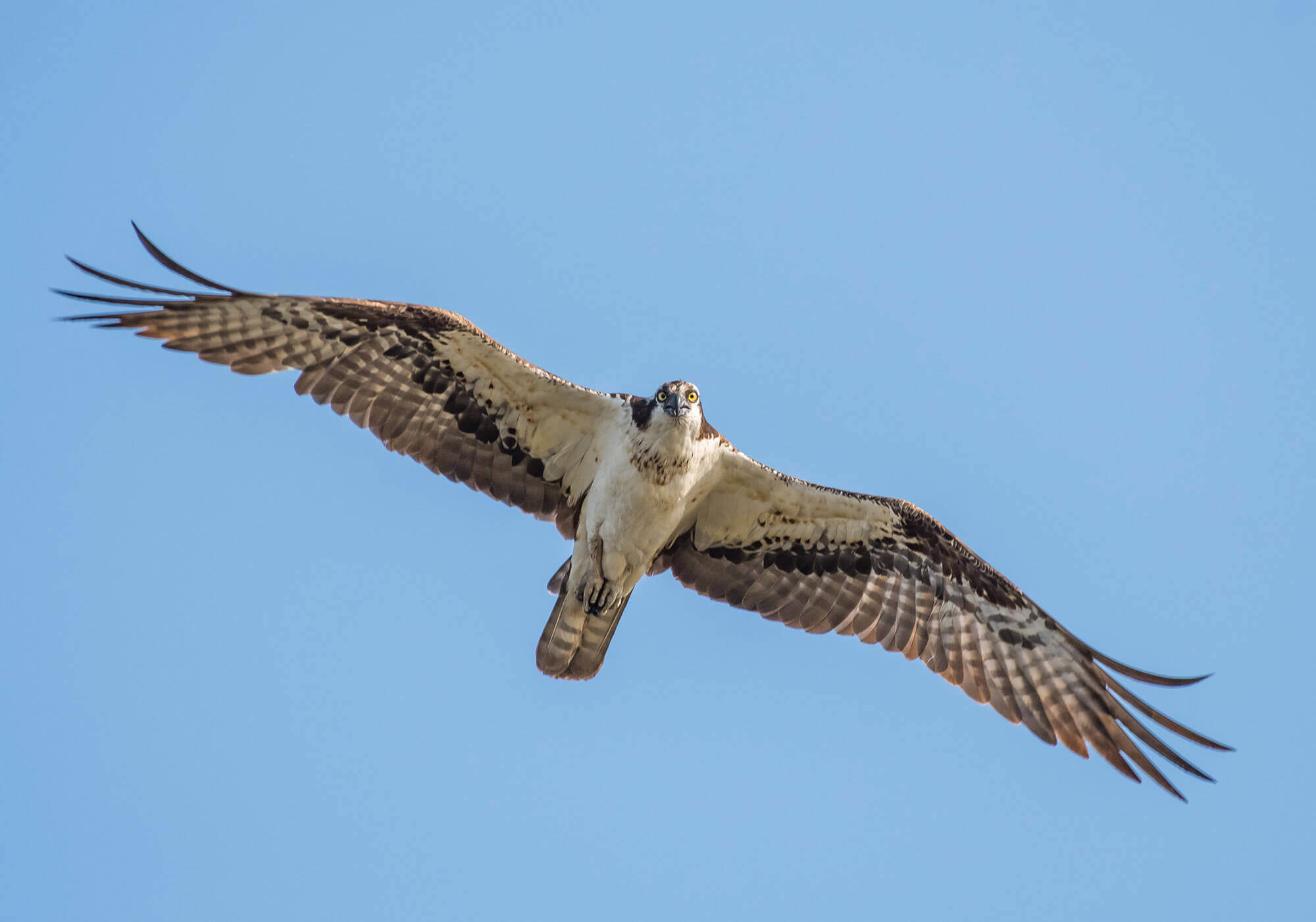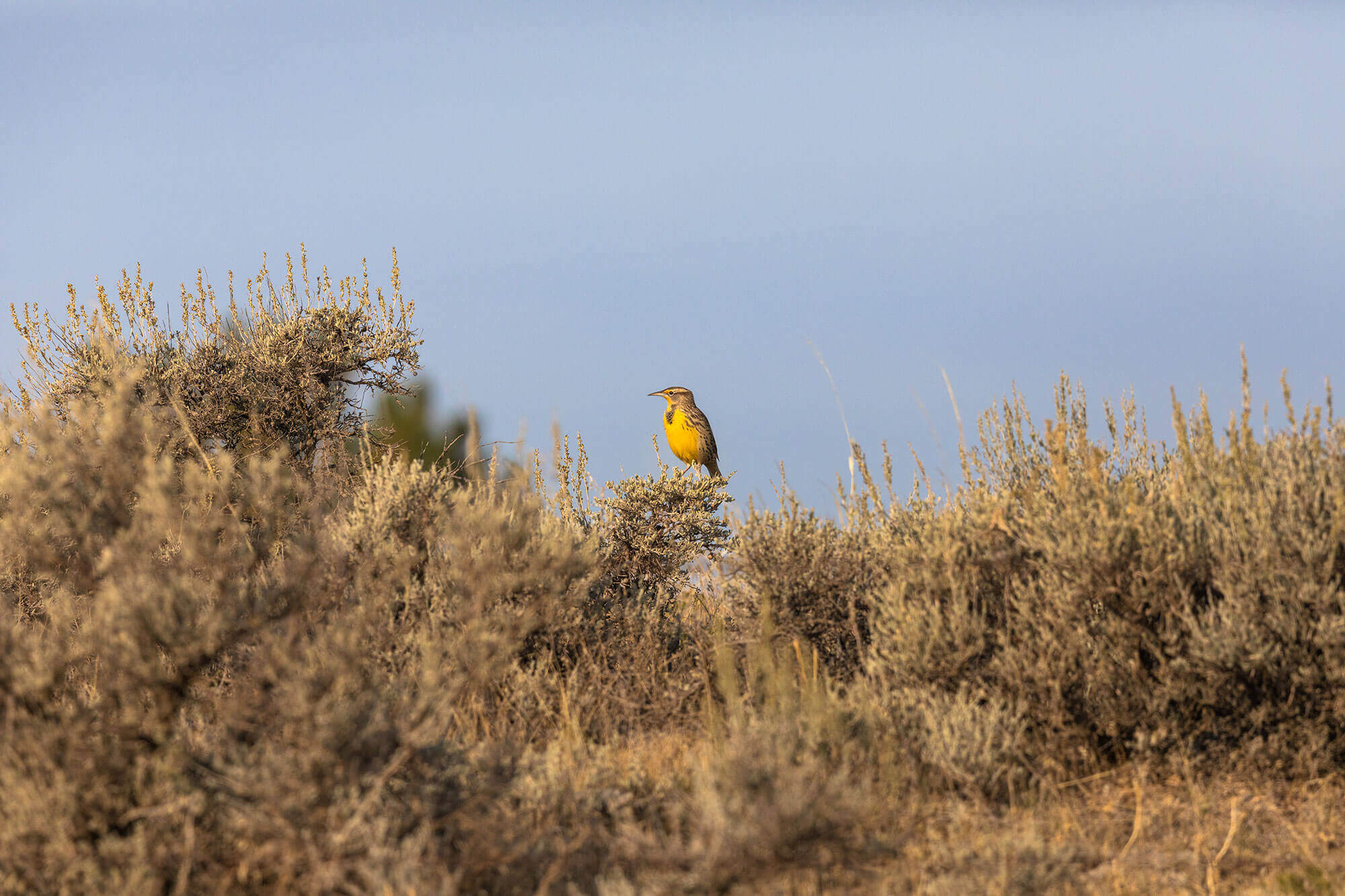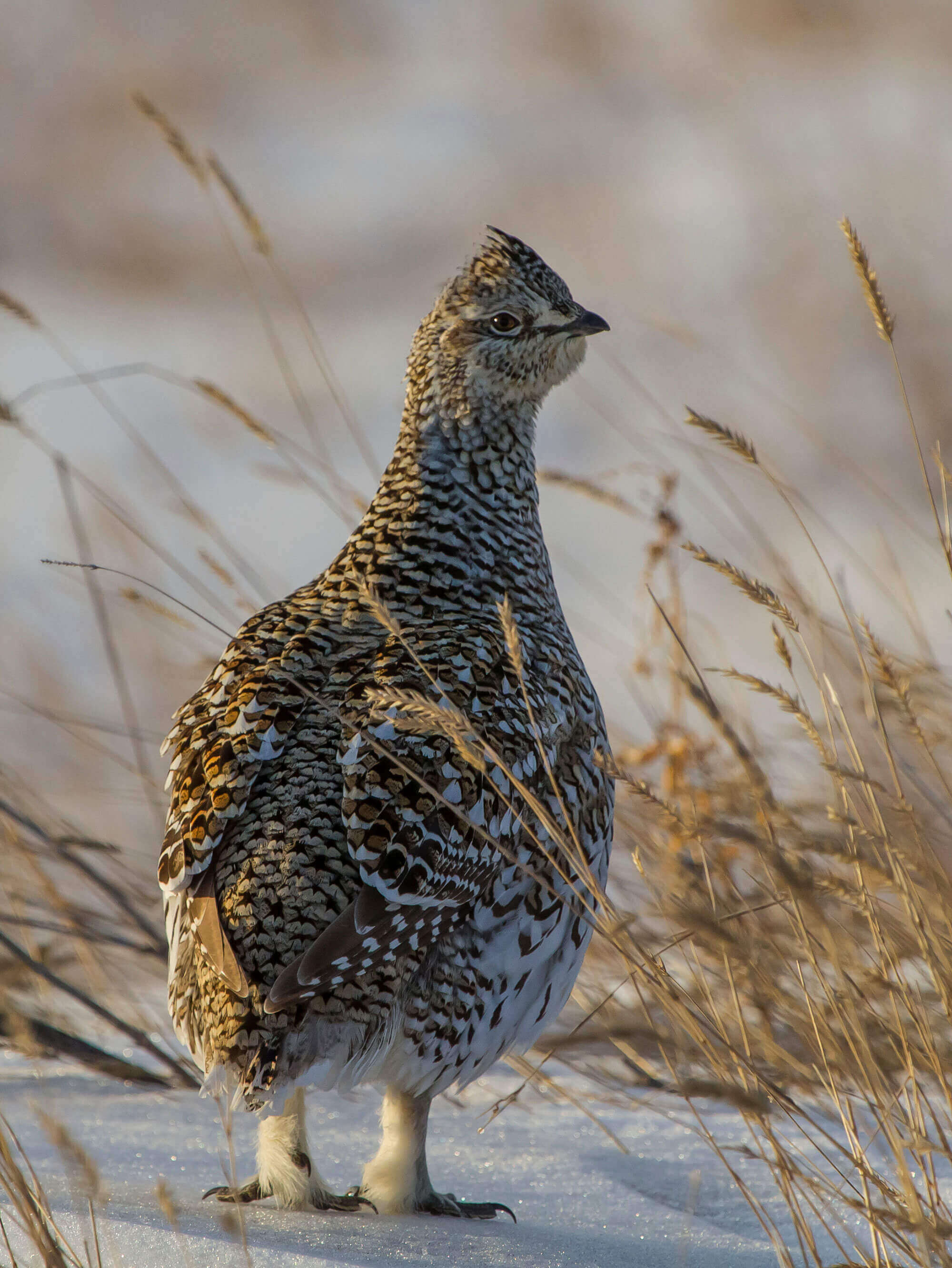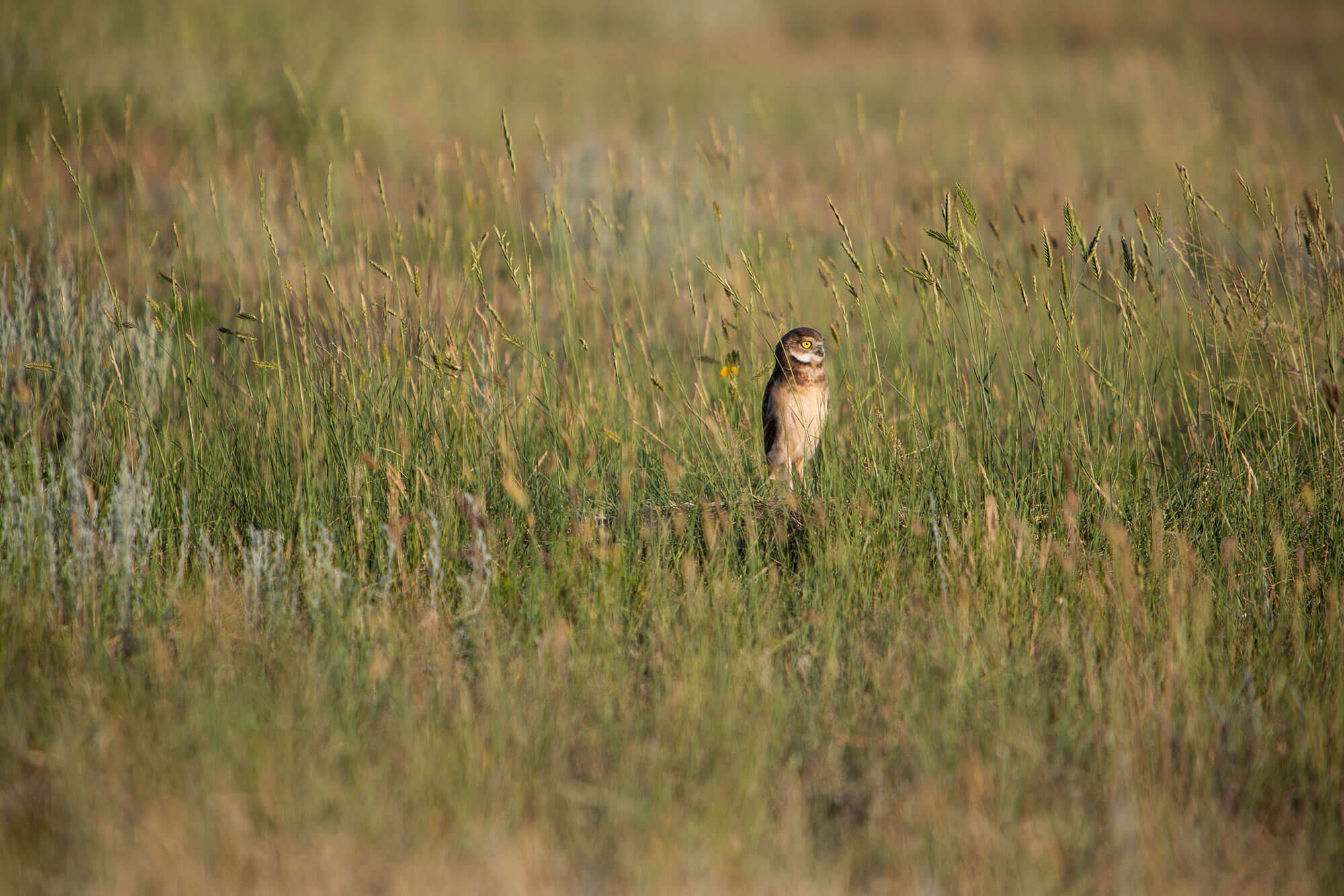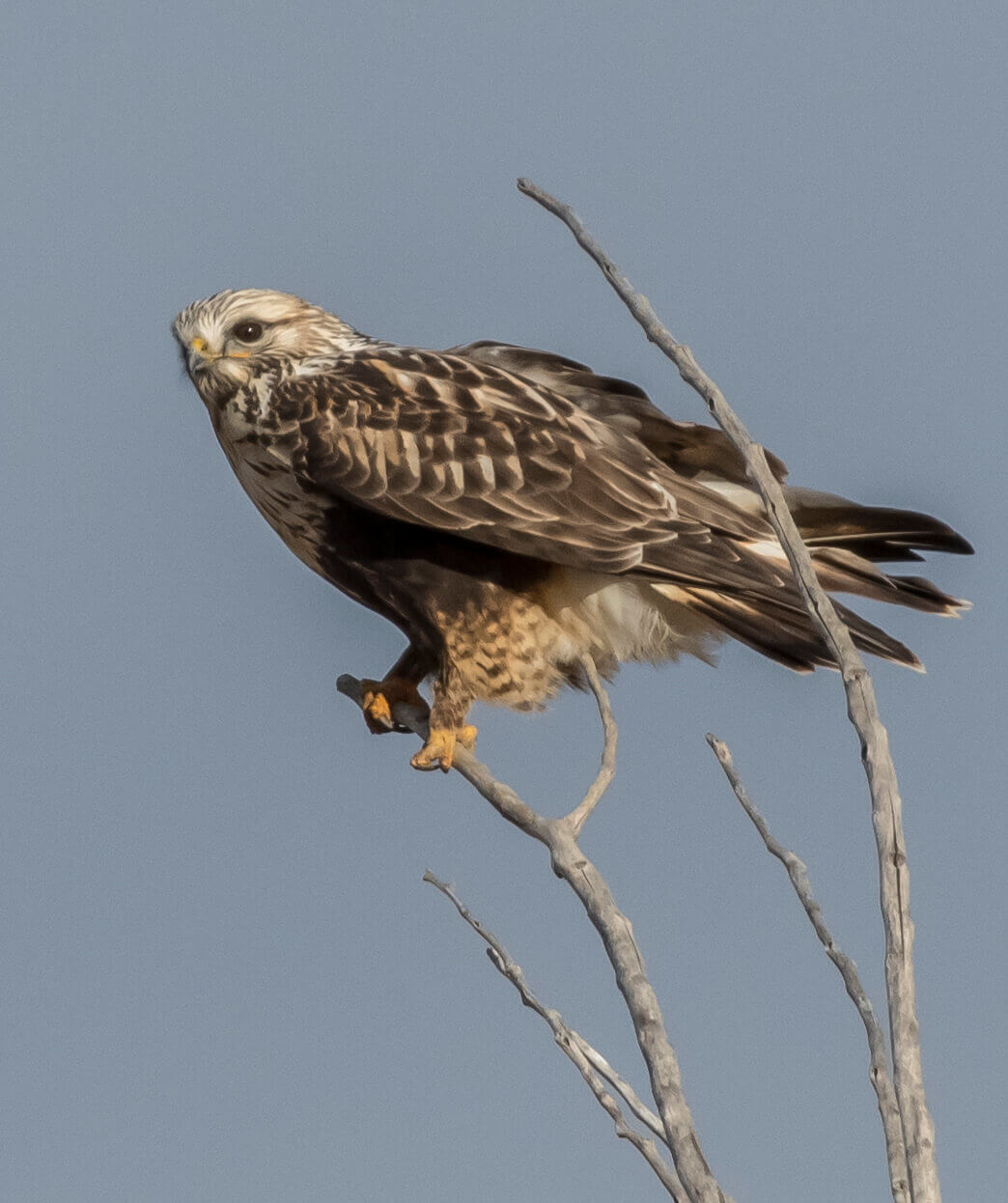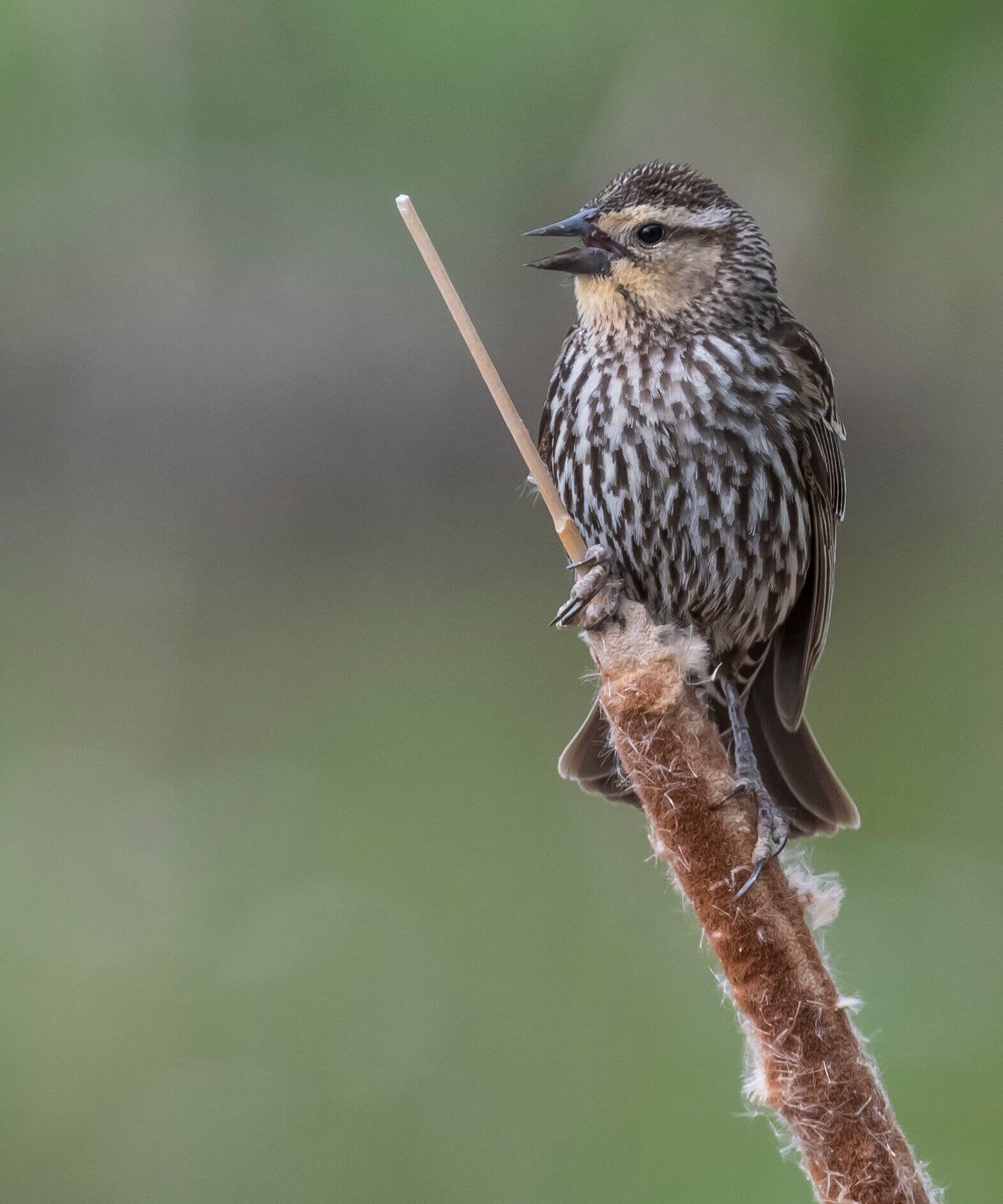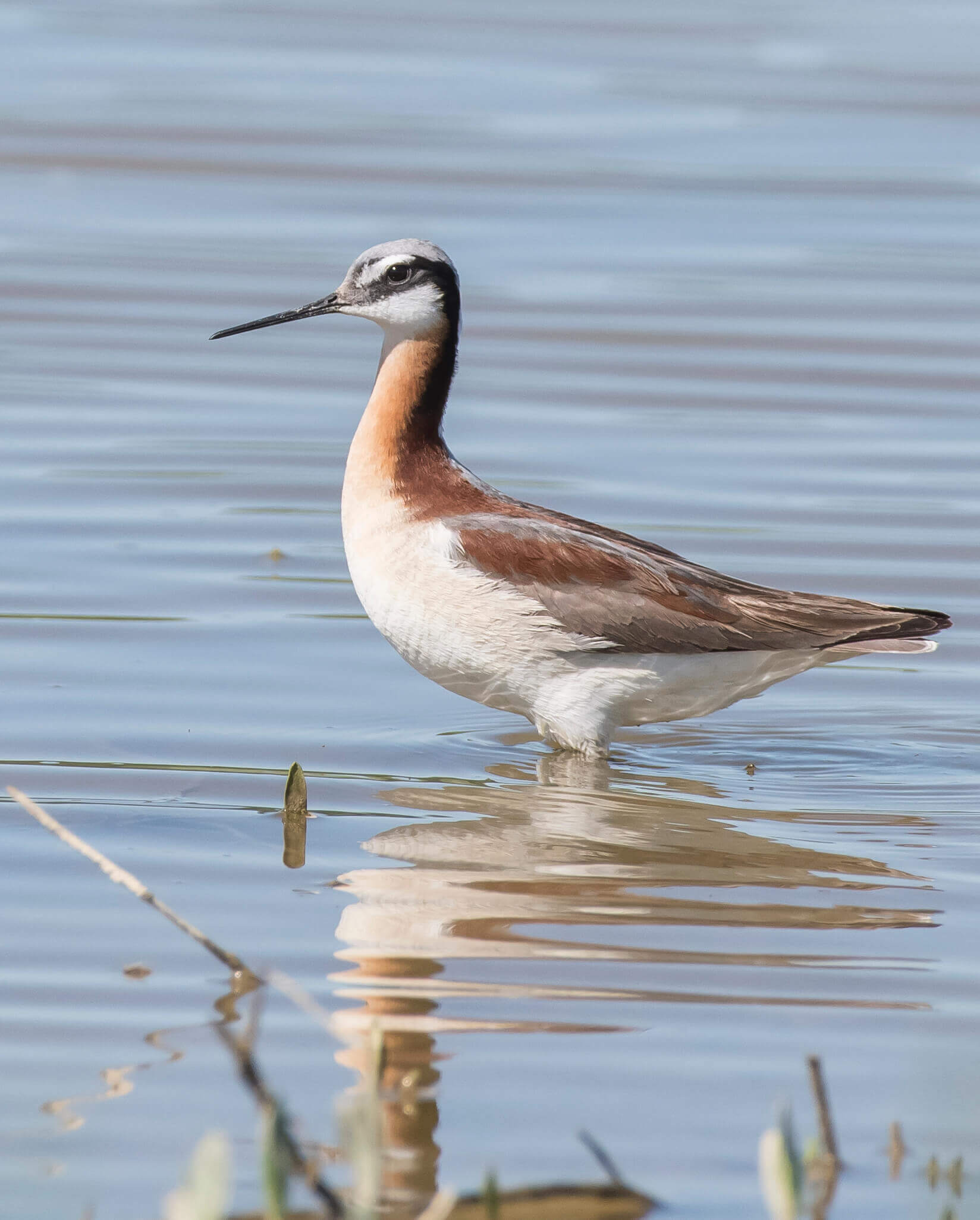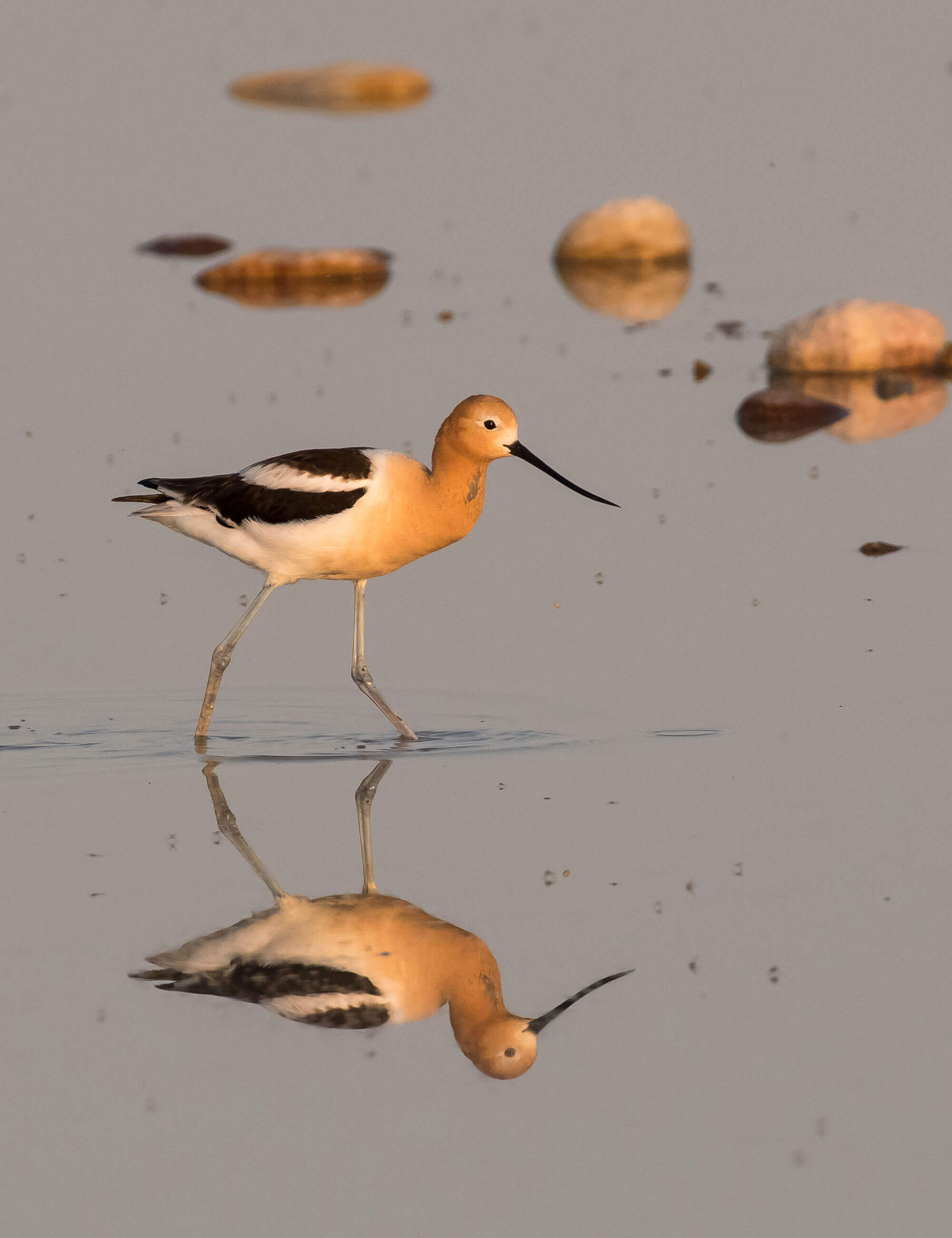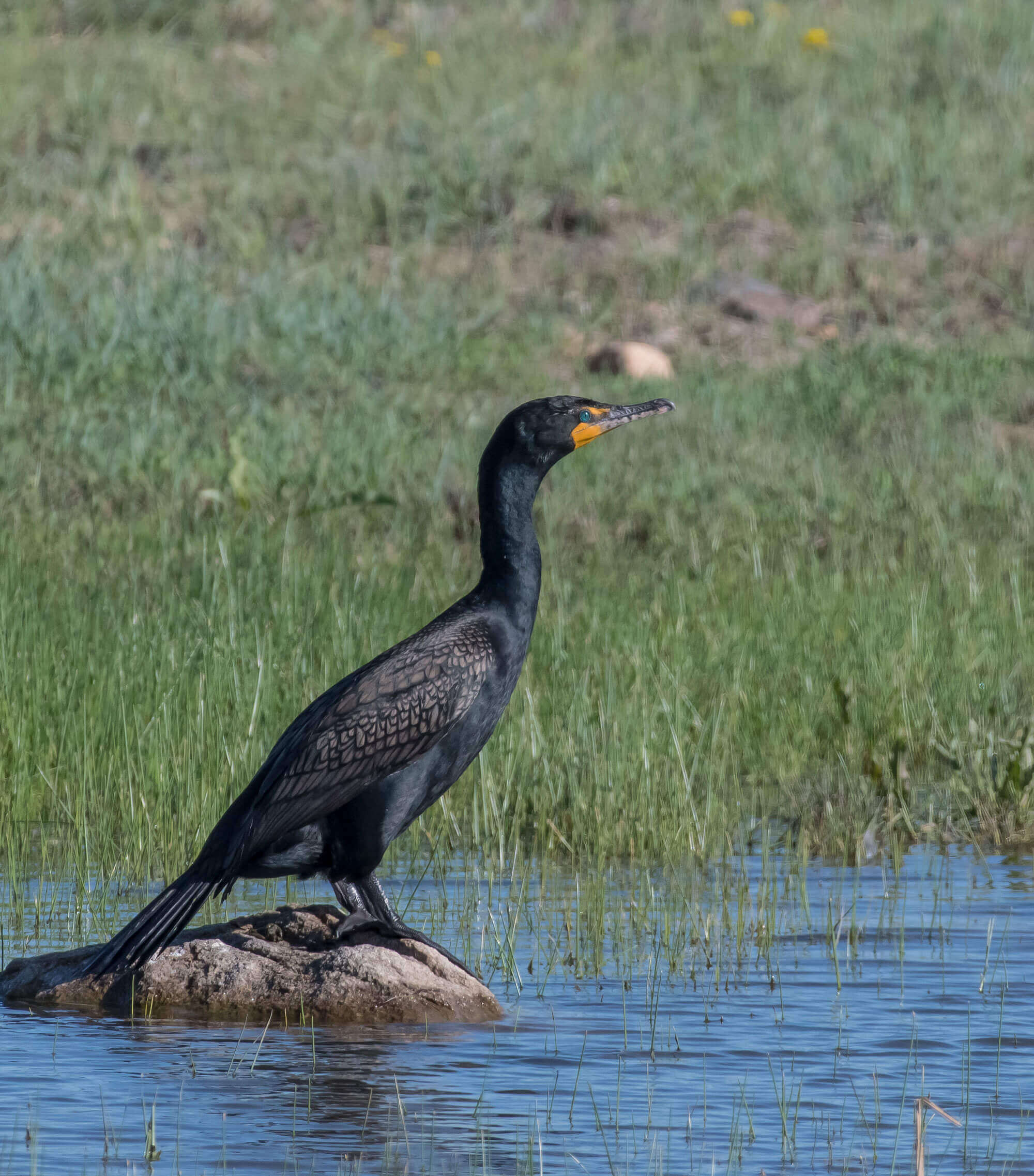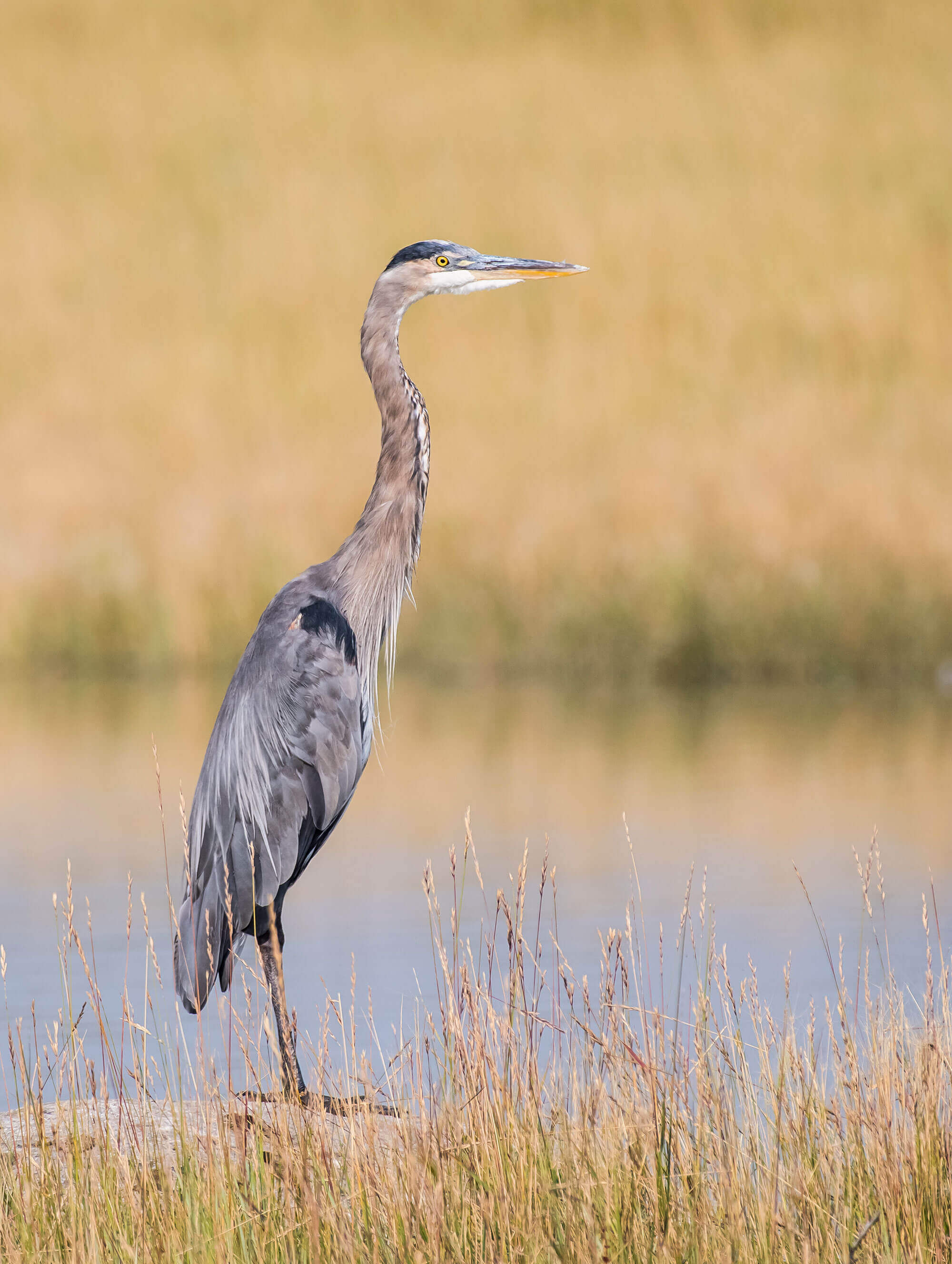More than 300 species of birds call the prairie home for at least part of the year.
From lekking sage grouse, to singing Sprague’s pipits, to soaring ferruginous hawks, to perched snowy owls, the prairie is a birders paradise. However, 1 in 4 breeding birds have been lost from the United States and Canada in the past 50 years, and grassland birds have seen the steepest declines of all.
We are actively working to conserve all bird diversity by taking a habitat approach to bird conservation. The natural grazing of bison combined with allowing prairie dogs to thrive will help to provide the type of landscape which will benefit many grassland bird species. In addition, preventing the tilling of intact prairie and restoring parcels that previously succumbed to the plow, helps conserve and regenerate vital habitat. Beaver and stream restoration will eventually restore riparian corridors that are crucial for many other bird species.
With the help of scientific collaborators like Smithsonian, scientists are monitoring prairie birds and bird habitat to measure trends, test the effect of conservation actions (e.g. bison, beaver, and prairie dog restoration) and develop management prescriptions for how to better rebuild and restore the incredible bird diversity.

